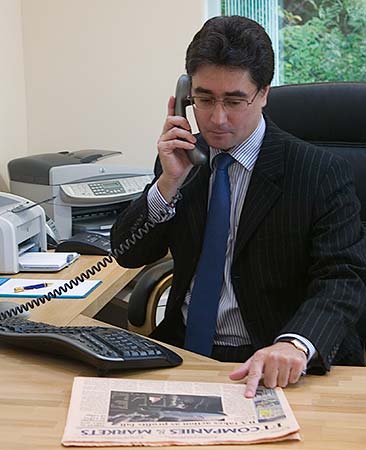This weekend I have been writing up my Speaking Notes & Slides for the talk I am presenting online to members of the SCMA on 24 October about ‘Mediation Advocacy in Trust & Estate Disputes’.
The structure of the talk is as follows:
SLIDE 1 – Understdning P’s objectives & reasons.
SLIDE 2 – Commercial planning.
SLIDE 3 – Hidden costs.
SLIDE 4 – Hidden value & the Interdependence paradigm.
Slide 5 – Deal-Making Zone (‘DMZ’).
SLIDE 6 – Offers.
SLIDE 7 – Negotiation mindset.
SLIDE 8 – Negotiation strategy.
SLIDE 9 – Negotiation behaviour.
SLIDE 10 – Conclusion.
To provide you with a flavour of the talk, ‘Slide 2 – Commercial planning’ states:
· A trust fund/estate is a finite resource.
· If prudently managed it can grow.
· If legal costs are incurred which are indemnifiable out of the trust fund/estate it will diminish.
· Preserving the capital value of the trust fund/estate by doing a deal in Mediation & thereby avoiding the incurrence of unnecessary costs = common ground.
· ‘Expanding the pie’ by releasing & sharing hidden value through retrospective tax-efficient post-death estate planning also = common ground..
· MA [i.e. a Mediation Advocate] needs to explain to P [i.e. their lay client]:
(i) That there is always an unquantifiable element of risk in any trust/estate litigation for all parties involved.
(ii) ‘Realism’ i.e. the acknowledgment by each side in a dispute, of the existence of litigation risk for both sides, is what eventually opens the door to settlement in Mediation, i.e. by bringing about a ‘paradigm’ shift from ‘confrontation’ to ‘collaboration.’
(iii) That in order for P to make a commercial decision about whether ‘the candle is worth the flame?’, P needs to think about the dispute resolution process as being a ‘commercial proposition’/ transaction.’
(iv) Then P can calculate the ‘price of doing a deal’ by developing a ‘settlement range’ which becomes the foundation of opening & closing offers.
(v) P’s calculation should factor in both hidden costs & potential hidden value.’
I am planning to develop this talk into a 3 hour course that I can teach in 2025, both in person & online. As far as I am aware, this will be the first course of its kind that has been designed for contentious trust/probate practitioners. Many of the Mediation Advocacy principles that I discuss are also of general application & this course may be of wider interest i.e. to commercial mediation practitioners around the world.
